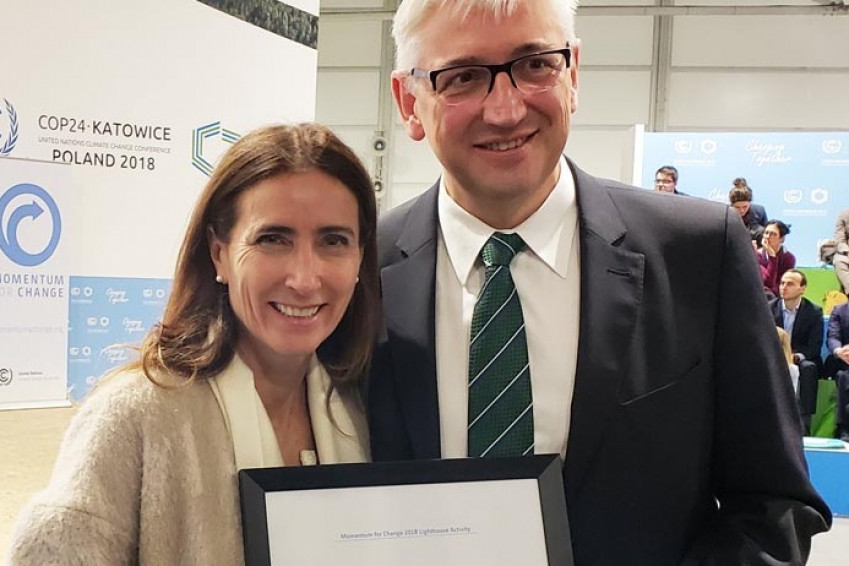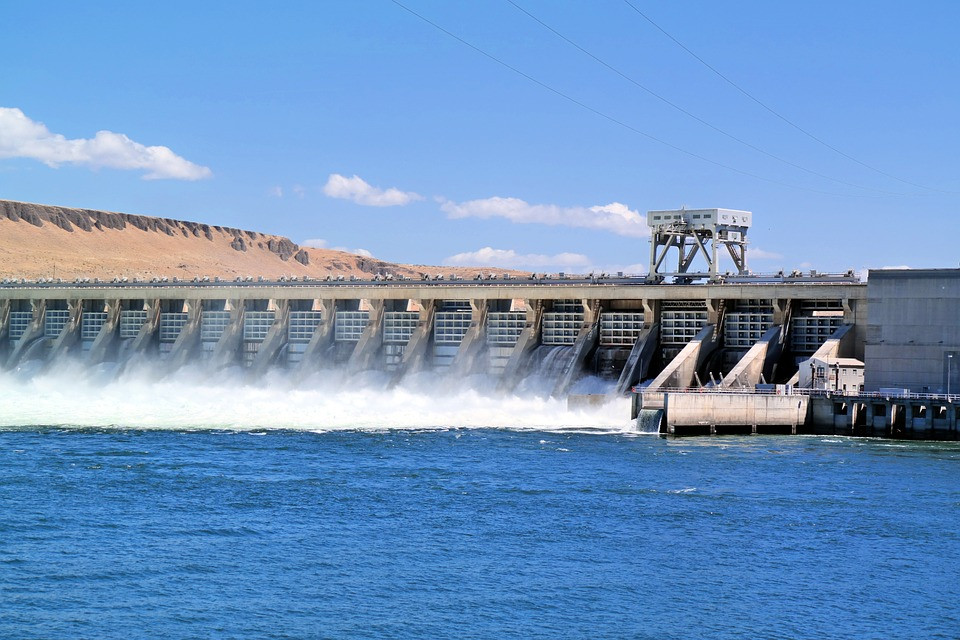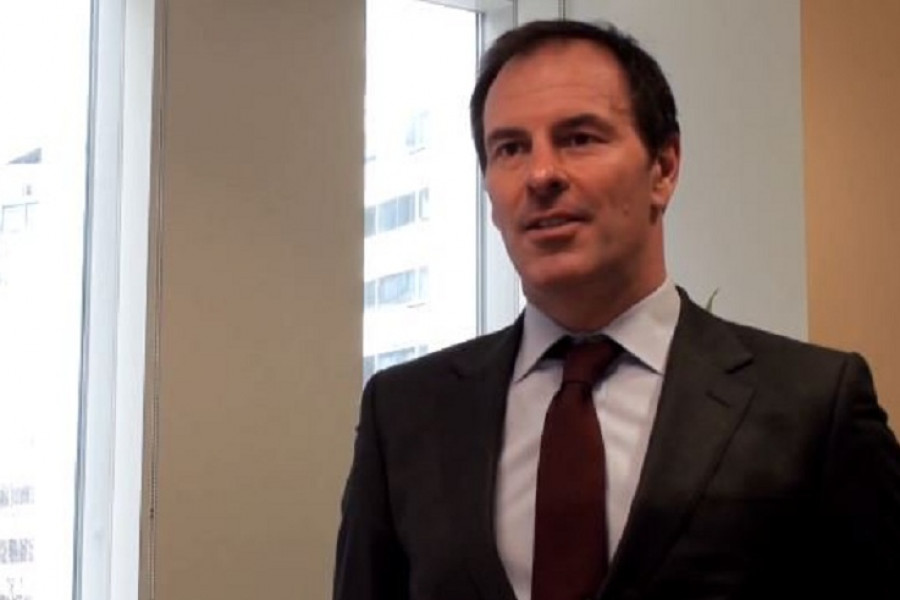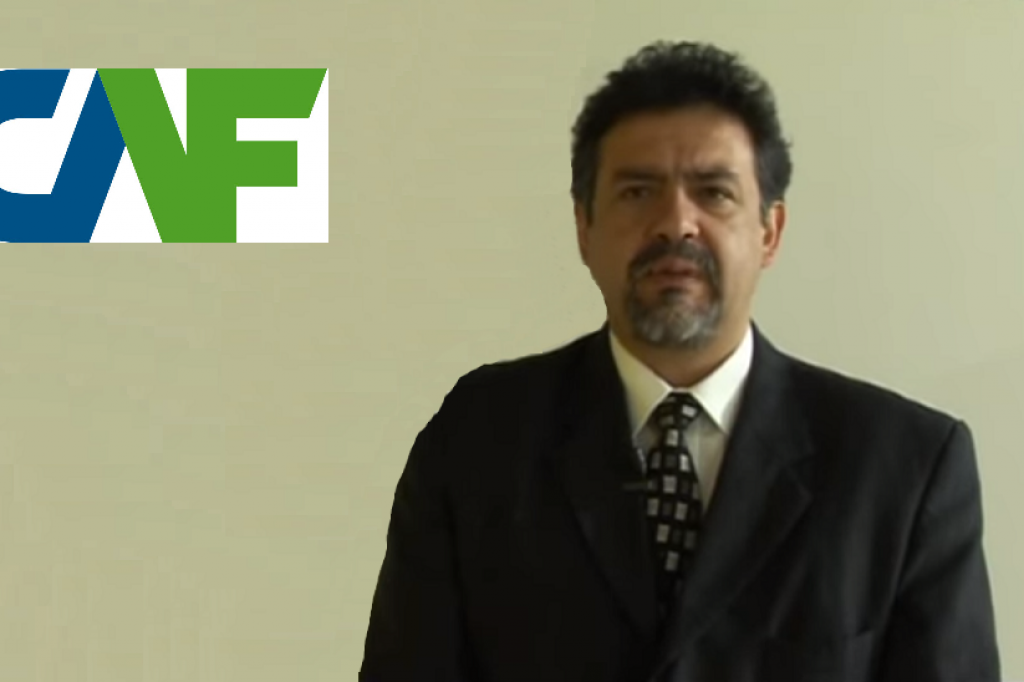The objective of this report is to identify and evaluate the challenges faced by water supply and treatment operators in Latin America and the Caribbean that supply urban areas with more than 300,000 inhabitants in meeting the Sustainable Development Goals (SDGs) established by the United Nations. Specifically, Objective 6 establishes the need to “Ensure the availability and sustainable management of water and sanitation for all”.
In addition, the priority actions that these operators would have to implement to comply with the Sustainable Development Goals (MDS) contained in Objective 6, in which the challenge is identified of “Guaranteeing the availability and sustainable management of water and sanitation for all” by the year 2030.
Urban operators in areas with more than 300,000 inhabitants provide services to 60% of the urban population of Latin America and the Caribbean, and 48.7% of the total population of the region, and constitute one of the key players to be able to achieve, by 2030, the SDGs related to universal access to water and sanitation, and its sustainable management.
The document evaluates the management of operators based mainly on the performance indicators of the database developed and published by the Association of Drinking Water and Sanitation Regulatory Entities of the Americas (ADERASA). The data from this source was complemented with that obtained from the information systems of Chile and Brazil. Thus, a sample of 66 operators was compiled, which together provide service to a population of 183,000,000, representing 62.5% of the total population in urban agglomerates of more than 300,000 inhabitants in Latin America and the Caribbean.
From the diagnosis made, we concluded that the main deficits that these operators have to overcome to cope with the challenges imposed by their own reality and by the fulfilment of the SDGs, are the following:
1. Develop an appropriate legal and institutional framework;
2. Increase service coverage, particularly in peri-urban areas;
3. Increase wastewater treatment;
4. Raise the quality of services, particularly in terms of continuity;
5. Increase operational efficiency;
6. Develop appropriate tariff and subsidy schemes;
7. Improve levels of information, transparency and accountability;
8. Promote the participation of civil society and local authorities.
These challenges are reflected in the performance indicators obtained from the sample of operators analyzed. In this regard, the following results are noteworthy:
1. The coverage of drinking water per network reaches 91.5% if the sample average is considered, but there are operators that register levels ranging from 67% to 79%.
2. The sanitation coverage per network amounts to 76.8% on average, but a minimum of 8% was also recorded.
3. There is a quite significant deficit in the treatment of wastewater. The value for the sample average is 73.4%, but this result includes data corresponding to a small number of operators, among them, the ones with the best results. In some cases there is no treatment at all, and in other cases values in the order of 12% were recorded. According to estimates corresponding to the total population of the region, the level of treatment is approximately 28%.
4. In terms of financial sustainability, 16% of the operators in the sample analyzed receive tariff revenues that do not cover operating costs, and the group that covers a significant percentage or the total investment costs is quite small.
5. Indicators directly related to management efficiency show that there are significant deficits in this regard, some widespread and others that affect a significant portion of the operators analyzed. Thus, we observe that the average of unmetered water (or non-invoiced water, meaning the portion of water that is delivered but not charged, including clandestine connections) is of the order of 40% of the volume of water produced. On average, the consumption of 20% of users is not metered (it is sold by the “free tap” system, This is, it is invoiced via a fixed charge system and enables unrestricted consumption), with maximums of the order of 80%. The average consumption per inhabitant is 159 litres per day, but there are peaks of the order of 360 litres per inhabitant per day (the World Health Organization considers that the consumption that meets the basic needs of food and hygiene requires between 50 and 100 litres per person/day). The average number of employees per 1000 connections is 3.3 but there are numerous operators that reach ratios between 4.5 and 7.4. Finally, the average delinquency indicator is almost four months after invoicing, while in several cases this indicator amounts to more than six months.
In order that operators supplying urban areas with more than 300,000 inhabitants are able to contribute to the achievement of the SDG goals, we need to coordinate the efforts of governments, institutions and financing agencies so that these providers can achieve the goals of reach and quality, make more efficient use of water resources through integrated management, improve water governance and reduce the environmental impact derived from the delivery of the service.
A series of recommendations related to the sector and the management of the operators under analysis is presented below.
1) Legal and institutional framework, and governance. This has a particularly relevant context, to carry out priority actions successfully, as evidenced by examples identified in some areas of Brazil, Chile, Colombia and Peru. In many countries, such a framework should be reviewed or strengthened based on the consideration of the respective political and social organizations. In addition, it is recommended that the separation of functions of the main players (governing body, regulatory agency and operator) be contemplated in the sector's legal-institutional order.
2) Participation. We need to promote and strengthen the participation of all players, particularly civil society and local authorities (the latter, particularly in the case of national and regional services). As an example, the following positive cases are worthy of mentioning: the integration of the Board of Directors of the Public Companies of Medellín (EPM), in Colombia, and the development of the Advisory Committee of the Planning Agency (APLA), which participates in the formulation and execution of the works of the company Agua y Saneamientos Argentinos SA (AySA), in Buenos Aires, Argentina.
3) Rates and subsidies. The financial and social sustainability of the service provided should be based on an efficient and equitable system of rates and subsidies. In this regard, the task of regulators is essential, as is the proper understanding of this issue by political authorities and the community at large.
4) Efficiency. This is a crucial aspect to mitigate tariff increases, as well as to encourage the rational use of water resources and energy. It also allows the release of financial resources to be used to improve the quality of services and expanding investments. Priority actions should be aimed at extending the micro-measurement of water volumes, and incorporating tariff stimuli aimed at streamlining consumption (billing to users of what they actually consume and moving away from the "free-tap" type of fixed charge systems. In parallel, a programme to reduce water losses and improve billing and collection processes (reduction of non-metered water) has to be addressed.
5) Planning. Strategic planning should be a management instrument for operators, as well as a tool to identify potential problems in water source availability in the face of increasing pressure on water resources. A participatory methodology should be used to plan, and management goals should be based on quantitative indicators. The plans should include:
1. The investments to be made in a minimum period of 10 to 15 years;
2. The financing strategy;
3. Milestones and key goals.
In addition, the expansion of the networks should be coordinated and agreed on with those responsible for the sector's policies and with regulators, and particularly with local authorities with jurisdiction over urban planning and territorial planning. Special attention should be given to actions related to slums and precarious settlements.
6) Information: This is a basic component for the planning, regulation and control of the actions of the sector and of the operators, necessary to achieve the transparency of the sector. The publication and dissemination of management information and financial statements should be required, as this would facilitate participation, accountability and social control. The development of sector databases would allow calculating the performance indicators of the operators in question and of the sector in general. In addition, we should consider that, to be able to carry out consistent comparative analyzes, we will need to harmonize the criteria and methodologies on which the sources of information from both countries and the region are based, as well as adopt regulatory accounting systems. The advances of regional -ADERASA- and international benchmarking systems -the International Water Association (IWA), and the International Benchmarking Network for Water and Sanitation Utilities (IBNET)-, as well as the indicators defined in the framework of the United Nations for monitoring the SDG targets. To increase cross-checks, we suggest the use of mechanisms that adhere to international standards and certifications, such as the AquaRating system.
7) Good practices: Some complementary actions can contribute to the improvement of efficiency levels, the generation of innovation and the promotion of the technological development of operators, through the promotion of knowledge transfer, technical assistance, and the organization of groups or operators' clubs to develop benchmarking and mutual learning systems, taking advantage of the action of initiatives already in operation, such as ADERASA, and twinning or partnerships between companies, visible experience in the case of the WOP-LAC platform by the Latin American Association of Water and Sanitation Operators (ALOAS).
8) Investment financing: We estimate that 50.8 thousand million dollars has to be invested so that operators in urban areas with more than 300,000 inhabitants comply in 2030 with the Sustainable Development Goals (SDGs) related to the achievement of universal water provision and sanitation. In addition, another US $ 29.7 thousand million will be needed for this category of operators to reach in 2030 the goal of halving the proportion of untreated wastewater. Consequently, we require to have huge financial resources in addition to the tariff income. To obtain them, we will need to use additional financing sources, including co-financing, the capital market, credit guarantees, interest rate subsidies, specific funds and public budget contributions.
9) Integral management of water resources and climate change: Operators' management has to be based on an integral vision of water resource use. Efficiency in the use of resources has to transcend the operator's business and has to involve the adoption of treated water reuse technologies and the use of rainwater, in cases where this is viable. The authorities should establish mechanisms and incentives to promote these activities, as well as incorporate finance for the use of environmental services and for the protection of water resources in the service fees.
Source: Lentini, Emilio J. (2015) The future of water and sanitation services in Latin America. The challenge of urban area operators with more than 300,000 inhabitants. Published by the Inter-American Development Bank (IDB). Link to the entire report: https://publications.iadb.org/es/publicacion/15452/el-futuro-de-los-servicios-de-agua-y-saneamiento-en-america-latina-desafios-de











